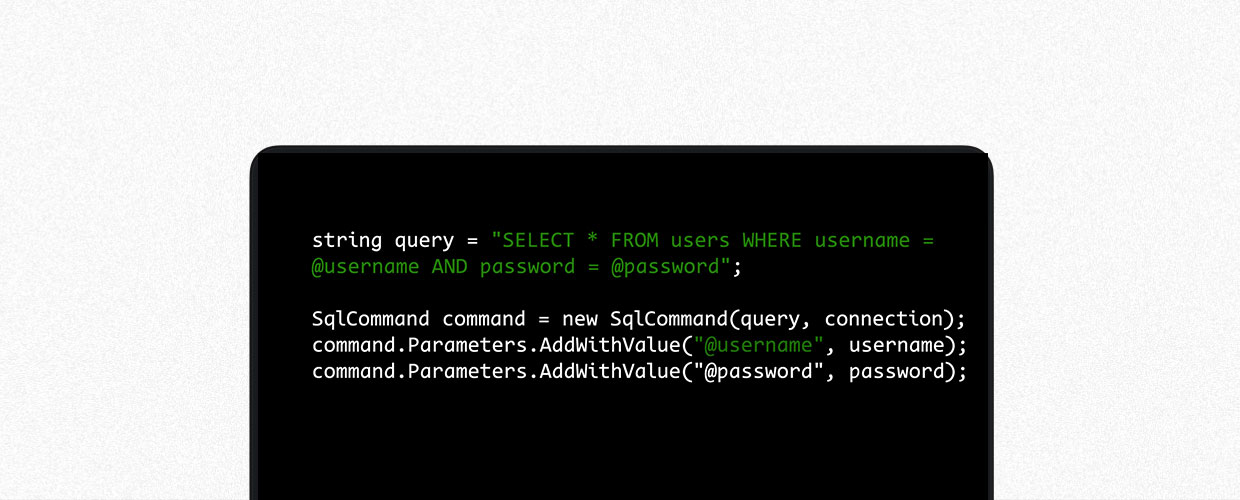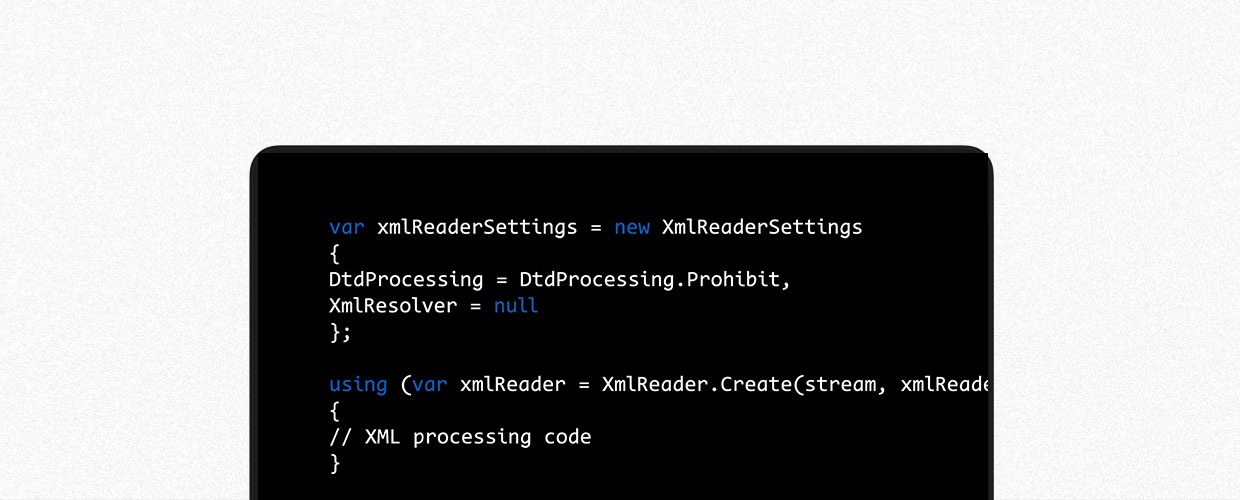Building Web Applications with ASP.NET Core: Tips and Best Practices

Developing web applications is an intricate and daunting process, especially when working with a new technology. One such technology is ASP.NET Core, an open-source framework widely used for building web applications. Despite being an experienced developer, there is always room for improvement when it comes to building efficient, secure, and maintainable applications.
This blog post delves into the tips and best practices of building web applications with ASP.NET Core. It aims to streamline your development process, enabling you to create high-quality applications that cater to your business requirements.
What is ASP.NET Core?
ASP.NET Core is an open-source, cross-platform framework for building web applications. It was developed by Microsoft and released in 2016 as the successor to ASP.NET.
ASP.NET Core provides a modular and lightweight architecture that allows developers to build high-performance, scalable, and maintainable web applications. It supports a wide range of programming languages, including C#, Visual Basic, and F#.
Why should we use ASP.NET Core?
There are several reasons why developers should consider using ASP.NET Core for building web applications, including:
- Cross-platform compatibility: ASP.NET Core supports development on Windows, Linux, and macOS, allowing developers to build applications that can run on any platform.
- Performance: ASP.NET Core is designed for high performance, with features like a lightweight web server, built-in caching, and support for asynchronous programming.
- Modularity: ASP.NET Core is built on a modular architecture, which allows developers to include only the necessary components and libraries in their application, reducing its overall size and complexity.
- Security: ASP.NET Core includes built-in security features, such as data protection and authentication middleware, that can help developers build secure applications.
- Community support: ASP.NET Core has a large and active community of developers and contributors, who are constantly improving and updating the framework with new features, bug fixes, and best practices.
Overall, ASP.NET Core is a powerful and flexible framework for building web applications, and it offers many benefits to developers who are looking for a modern, cross-platform solution.

Tips for Building Web Applications with ASP.NET Core
Use of dependency injection
Dependency injection is a method used in software design where the application's dependencies or services are injected into it instead of being created by the application itself. This design pattern is used in ASP.NET Core to ensure that the different components of an application are loosely coupled. By implementing dependency injection, developers can easily switch between different implementations of services or dependencies without having to change the code of the application.
Using dependency injection in ASP.NET Core has several benefits, including:
- It simplifies unit testing by allowing developers to easily mock dependencies.
- It improves modularity and maintainability of the code by allowing for loosely coupled components.
- It enables developers to easily switch between different implementations of services or dependencies without changing the code of the application.
- It promotes reusability of code by making it easier to share services or dependencies across different parts of the application.
Configuration management
Configuration management is the process of managing and organizing application settings and parameters. In ASP.NET Core, developers can store and manage configuration settings in a centralized location, which makes it easier to manage and update these settings without modifying the application code.
Using configuration management in ASP.NET Core provides several benefits, including:
- Improved scalability: Storing configuration settings in a centralized location makes it easier to scale the application and manage multiple instances of it.
- Easier maintenance: Managing and updating configuration settings is faster and more efficient when they are stored centrally, rather than being scattered throughout the application code.
- Increased security: Configuration settings can be encrypted or stored in a secure location to protect sensitive data.
More flexibility: Configuration settings can be updated without requiring a new build or deployment of the application code, providing greater flexibility and agility in managing the application.
Logging
Logging is a process that involves recording information about an application's behavior, errors, and exceptions during its execution. In ASP.NET Core, logging is used to monitor the health of the application and can be useful for troubleshooting issues and improving performance.
There are several benefits to using logging in ASP.NET Core, which include:
- Troubleshooting: Logging provides valuable information about errors and exceptions that occur during application execution, making it easier to identify and resolve issues.
- Performance: Logging can be used to track the application's performance and identify areas that need optimization to improve its speed and efficiency.
- Security: Logging can help detect and investigate security breaches by recording events related to user activity, authentication, and authorization.
- Monitoring: Logging can be used to monitor the health of the application, alerting developers to potential issues before they become critical.
Best Practices in ASP.NET Core for Code Performance
Use Async/Await for I/O Bound Operations
When you perform tasks that involve reading from or writing to a database, or making a request to a website, it's essential to use asynchronous programming techniques. This is because it helps to prevent the main thread from being blocked, and causes your application to slow down. ASP.NET Core comes with built-in support for asynchronous programming, which you can use with the keywords "Async" and "Await". By using these techniques, you can improve your application's performance.
Use Cache for Frequently Accessed Data
If you have data that is accessed regularly, then you can speed up your application by caching it. This means storing the data in memory or on disk, so it can be quickly accessed, instead of repeatedly requesting it from a database or external service. ASP.NET Core provides built-in support for caching, including distributed caching, which can be used to store frequently accessed data in memory or on disk.
Use Compression for Large Responses
Compressing large responses, such as JSON or XML data, can help reduce the amount of data sent over the network and improve the performance of your application. ASP.NET Core provides built-in support for response compression, which can be used to compress responses sent by the server to the client.
Use Lazy Loading for Large Object Graphs
If you're dealing with large amounts of data, it's best to use lazy loading techniques. This is because it helps to prevent loading of unnecessary data into memory, which can slow down your application. ASP.NET Core makes it easy to use lazy loading techniques with the help of the Lazy<T> class. This class defers the creation of objects until they are actually needed, which can help improve the performance of your application.
Optimize Database Queries
Optimizing database queries can help improve the performance of your application by reducing the amount of time spent querying the database. ASP.NET Core provides built-in support for Entity Framework Core, which includes features such as query optimization and lazy loading, that can help improve the performance of your database queries.
Best practice in ASP.Net Core Regarding Security
Cross-Site Scripting (XSS)
Cross-Site Scripting (XSS) is a security vulnerability that allows attackers to inject malicious scripts into web pages viewed by other users. This can lead to stealing sensitive information, modifying or deleting data, or performing other malicious actions. In ASP.NET Core, XSS attacks can be prevented by using input validation and output encoding techniques.
To prevent XSS attacks, you can use the built-in HTML encoding in Razor views, such as @Html.DisplayFor or @Html.EditorFor. Additionally, you can use AntiXSS libraries like the Microsoft.AspNetCore.Antiforgery package to generate and validate anti-forgery tokens to prevent malicious form submissions. It is also important to sanitize user inputs and validate them on both the client and server-side.
Here's an example of how to implement XSS prevention techniques in ASP.NET Core:

This code snippet uses the built-in HTML encoding in Razor views to prevent XSS attacks. By using @Html.DisplayFor instead of simply displaying the model properties, any potential malicious scripts are automatically encoded before being rendered on the page.
SSL and HTTPS (Hyper Text Transfer Protocol Secure)
SSL and HTTPS are essential for securing web applications. They provide end-to-end encryption of data between the server and client, which prevents unauthorized access and tampering. In ASP.NET Core, developers can configure SSL and HTTPS to secure their applications by using either self-signed certificates or certificates issued by trusted third-party authorities.
To configure SSL and HTTPS in ASP.NET Core, developers can modify the appsettings.json file to specify the certificate file path and password. They can also use middleware to enforce HTTPS, which automatically redirects HTTP requests to HTTPS. Additionally, developers can use tools such as Let's Encrypt to obtain and configure free SSL/TLS certificates.
Implementing SSL and HTTPS in ASP.NET Core is a crucial best practice for securing web applications and ensuring the privacy and integrity of user data.
Cross-Site Request Forgery (CSRF)
Cross-Site Request Forgery (CSRF) is a type of attack where a malicious website tricks a user's web browser into performing an action on a different website without their knowledge or consent.
To prevent CSRF attacks in ASP.NET Core, developers can use Anti-Forgery Tokens. These tokens are generated by the server and are included in the web page as hidden fields or in headers. When the user submits a form or performs an action, the token is sent back to the server, which validates it and only allows the action to be performed if the token is valid.
To implement Anti-Forgery Tokens in ASP.NET Core, developers can use the [ValidateAntiForgeryToken] attribute in the controller and the @Html.AntiForgeryToken() method in the Razor view.
For example, in the controller

Add Inthe Razor View

SQL Injection
SQL Injection is a type of security vulnerability where attackers inject malicious SQL statements into an application's database query. These attacks can result in sensitive data theft, modification, or deletion. To prevent SQL Injection attacks in ASP.NET Core, developers should use parameterized queries instead of concatenated strings to construct SQL statements.
For example, instead of building a SQL query using string concatenation like this:

Developers should use parameterized queries like this:

By using parameterized queries, the SQL statement and parameters are kept separate, which prevents SQL Injection attacks. Other best practices include validating user input and enforcing strict permissions on database access.
Example:

Use Updated Versions of Framework
Using updated versions of ASP.NET Core framework is crucial to ensure the security of your web application. Older versions may have known security vulnerabilities that can be exploited by attackers. To keep your framework updated, you can regularly check for updates and install them when they become available. Hire ASP.Net Developers who are familiar with updated versions and can help you implement it effectively in your projects.
Secure Login
Securing user logins is crucial to prevent unauthorized access to an application. Here are some best practices to ensure secure login in ASP.NET Core applications:
- Use strong password policies that require a minimum length, complexity, and regular password updates.
- Implement two-factor authentication to add an additional layer of security.
- Store passwords securely using a one-way hash and salt to prevent password theft.
- Limit login attempts to prevent brute-force attacks.
- Use SSL and HTTPS to encrypt login credentials during transmission.
XML External Entity (XXE)

XXE is an attack that exploits an XML parser vulnerability, allowing an attacker to read sensitive data or execute arbitrary code on a web server. To prevent XXE attacks in ASP.NET Core applications, it's important to disable the loading of external entities. This can be done by setting the XmlReaderSettings.DtdProcessing property to DtdProcessing.Prohibit, and the XmlReaderSettings.XmlResolver property to null.
By setting the DtdProcessing property to Prohibit, the parser will not process DTDs, and by setting the XmlResolver property to null, external entities are not resolved. This prevents XXE attacks and makes your ASP.NET Core application more secure.
Audit Trails and Logging Analyze
In any application, it's critical to maintain a clear record of user activity to investigate security problems and troubleshoot issues. In ASP.NET Core, this can be achieved using audit trails and logging analysis. This logging framework allows developers to log user activities and events to various destinations, including the console, file, or database.
To implement audit trails, developers can log critical security events such as failed authorization attempts, login attempts, and modifications to user roles and permissions. Analyzing these logs can quickly identify potential security threats and enable quick responses.
Moreover, it is essential to regularly analyze the application logs to identify potential security issues. Developers can use tools like Microsoft's Azure Log Analytics to analyze logs and identify security threats, including unauthorized access attempts or unusual patterns of user activity.
Wrap Up
In conclusion, building web applications with ASP.NET Core can be a rewarding experience, but it requires careful attention to detail and adherence to best practices. By following the tips and recommendations provided in this article, developers can ensure that their applications are secure, scalable, and performant. From implementing caching and asynchronous programming to optimizing database queries and using lazy loading techniques, there are many ways to improve the performance of your ASP.NET Core web applications. With these best practices in mind, you can build web applications that are both functional and efficient.
To further enhance your development experience, consider partnering with a .NET Core development services provider or hire ASP.NET Core developers. With their expertise and experience, you can take your web application to the next level and create a truly exceptional product.
Build Your Agile Team
Hire Skilled Developer From Us
Looking to build a top-rated web application using ASP.NET?
Building an efficient and secure web app using ASP.NET requires experience and expertise. Thus, we at WebClues become your safest bet.
Contact NowOur Recent Blogs
Sharing knowledge helps us grow, stay motivated and stay on-track with frontier technological and design concepts. Developers and business innovators, customers and employees - our events are all about you.
Contact
Information
India
Ahmedabad
1007-1010, Signature-1,
S.G.Highway, Makarba,
Ahmedabad, Gujarat - 380051
Rajkot
1308 - The Spire, 150 Feet Ring Rd,
Manharpura 1, Madhapar,
Rajkot, Gujarat - 360007
UAE
Dubai
Dubai Silicon Oasis, DDP,
Building A1, Dubai, UAE
USA
Atlanta
6851 Roswell Rd 2nd Floor,
Atlanta, GA, USA 30328
New Jersey
513 Baldwin Ave, Jersey City,
NJ 07306, USA
California
4701 Patrick Henry Dr. Building
26 Santa Clara, California 95054
Australia
Queensland
120 Highgate Street,
Coopers Plains,
Brisbane, Queensland 4108
UK
London
85 Great Portland Street, First
Floor, London, W1W 7LT
Canada
Burlington
5096 South Service Rd,
ON Burlington, L7l 4X4
Let’s Transform Your Idea into
Reality. Get in Touch





